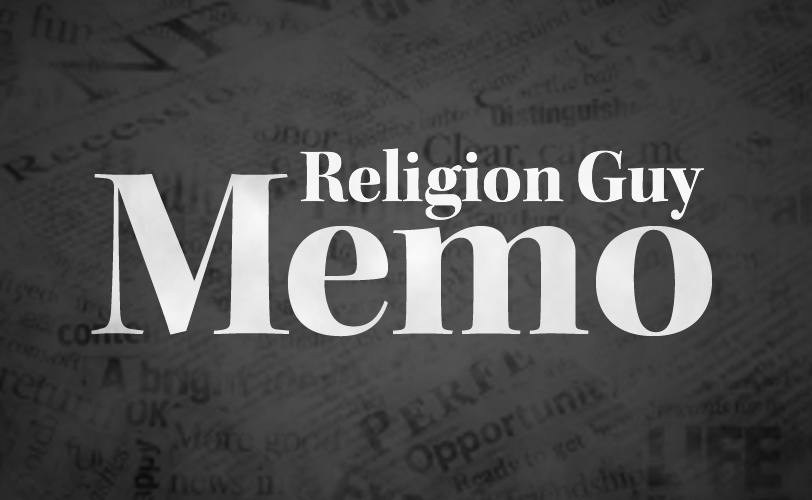Pope Benedict XVI’s sudden emergence from the cloister may well prove to be the religion story of the year.
The media speculated on how things would work six years ago when Benedict broke precedent to abdicate instead of serving as pope till death, to be succeeded by Pope Francis. Benedict largely maintained silence, lest Catholics think they had two popes. That period ended with a flash last week when conservative Catholic outlets released Benedict’s remarkable 6,000-word analysis of the Catholic Church’s unrelenting scandals over priests’ sexual abuse of underage victims.
Benedict, who said he cleared the publication with Pope Francis, evidently felt he must plunge into the debate because he thinks the reigning pontiff’s February summit meeting on the sexual-abuse crisis was a flop and the church has not solved this severe and enervating crisis (nor did it when Benedict himself was in charge). Media on both the Catholic right and left said Benedict and his allies are setting up a clash with his more liberal successor on the causes and cures of the scandal.
Benedict sees alienation from God as the heart of the matter, with relaxed attitudes toward sin and sex from secular culture that infiltrated the priesthood from secular culture, while “homosexual cliques … significantly changed the climate” in seminaries.
Meanwhile, Francis and his allies stress the need for internal structural reforms in the church. (For what it’s worth, The Guy suspects both pontiffs are correct on the Catholic emergency.)
What should reporters be doing in the wake of Francis’s summit, Benedict’s breakout, and ongoing news?
The Guy suggests that U.S. media consider a comprehensive State-of-the-Church report. One starting point for such an effort is a useful book that appeared, by coincidence, simultaneously with Benedict’s article.
“The Future of Catholicism in America,” is part of a book series on U.S. religions’ prospects edited by Trinity College’s Mark Silk and Andrew Walsh (the Hartford Courant’s onetime religion writer) and published by the Columbia University Press. Prior books have treated “evangelical” (2016) and “mainline” (2018) Protestants. Further volumes will examine U.S. Judaism, Islam, Mormons (er, Latter-day Saints), Asian religions and those religiously disengaged “nones” we hear so much about.
This anthology from nine writers, co-edited by Silk and Patricia O’Connell Killen of Gonzaga University, will help veteran religion writers recall the major events and trends since the Second Vatican Council concluded in 1965, and provide a rundown for writers who are relatively new on the beat.
The Guy has only skimmed the contents but undertook a close read of Killen’s introduction and conclusion. One surprising aspect is that the anthology lacks a chapter pulling together the complex strands of the abuse situation and proposed remedies that so engage the two aforementioned popes and the church universal.
Killen accurately portrays the old-time American church as a rather insular and thriving subculture built around family, neighborhood parish and immigrants’ ethnic identities.
Those days will not return. Not only are American Catholics “post-subcultural” and “post-denominational” but they question “designated authorities,” “professional expertise” and “inherited teachings.” Active parishioners, smaller in number, will be “Catholics by choice.”
This melds with Killen’s obvious sympathy for the revisionist movement in today’s church regarding e.g. traditional sexual morals, the new “gender diversity,” denial of communion to Catholics who remarry, women’s role and mandatory celibacy for priests. She embraces the scenario according to which Popes John Paul II and Benedict scaled back the Vatican Council’s “opening up and democratizing of the church,” whereas Francis is now “restoring the spirit of Vatican II.”
That tells an astute religion writer that something is missing, namely a robust voice or two representing Catholics who believe St. John Paul II and Benedict faithfully carried out the Vatican Council’s actual teachings and fear the liberalizing sympathies of Francis and the bishops closest to him. Reporters will need to seek out those sources on their own.










